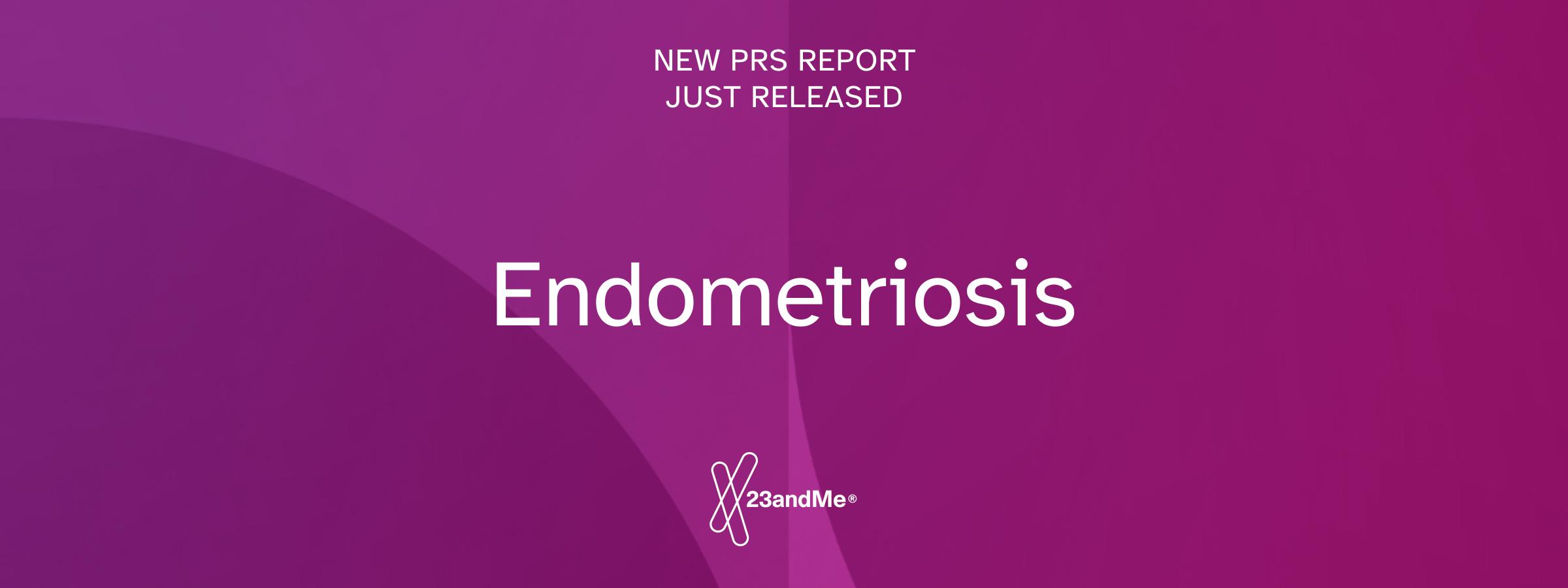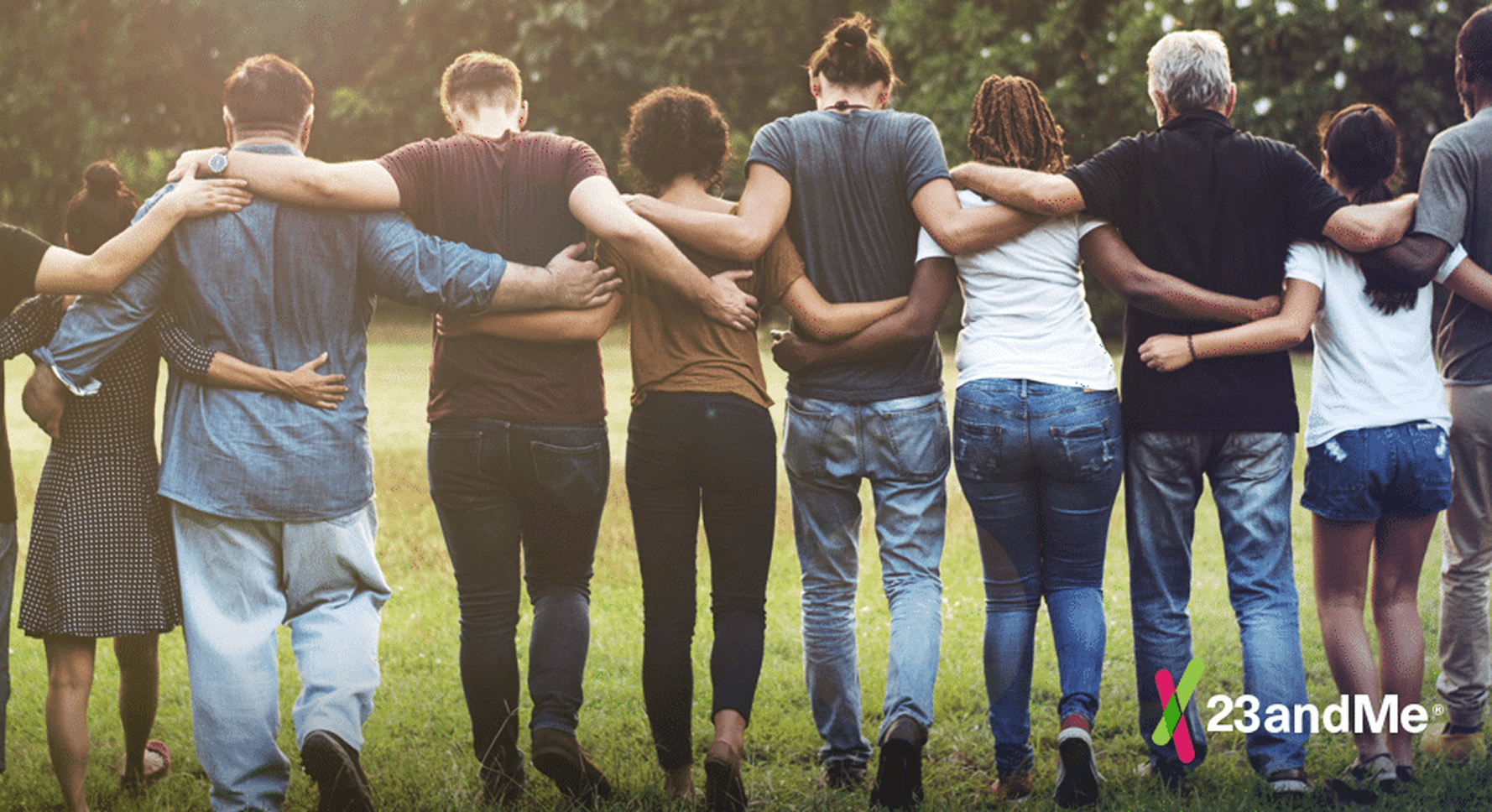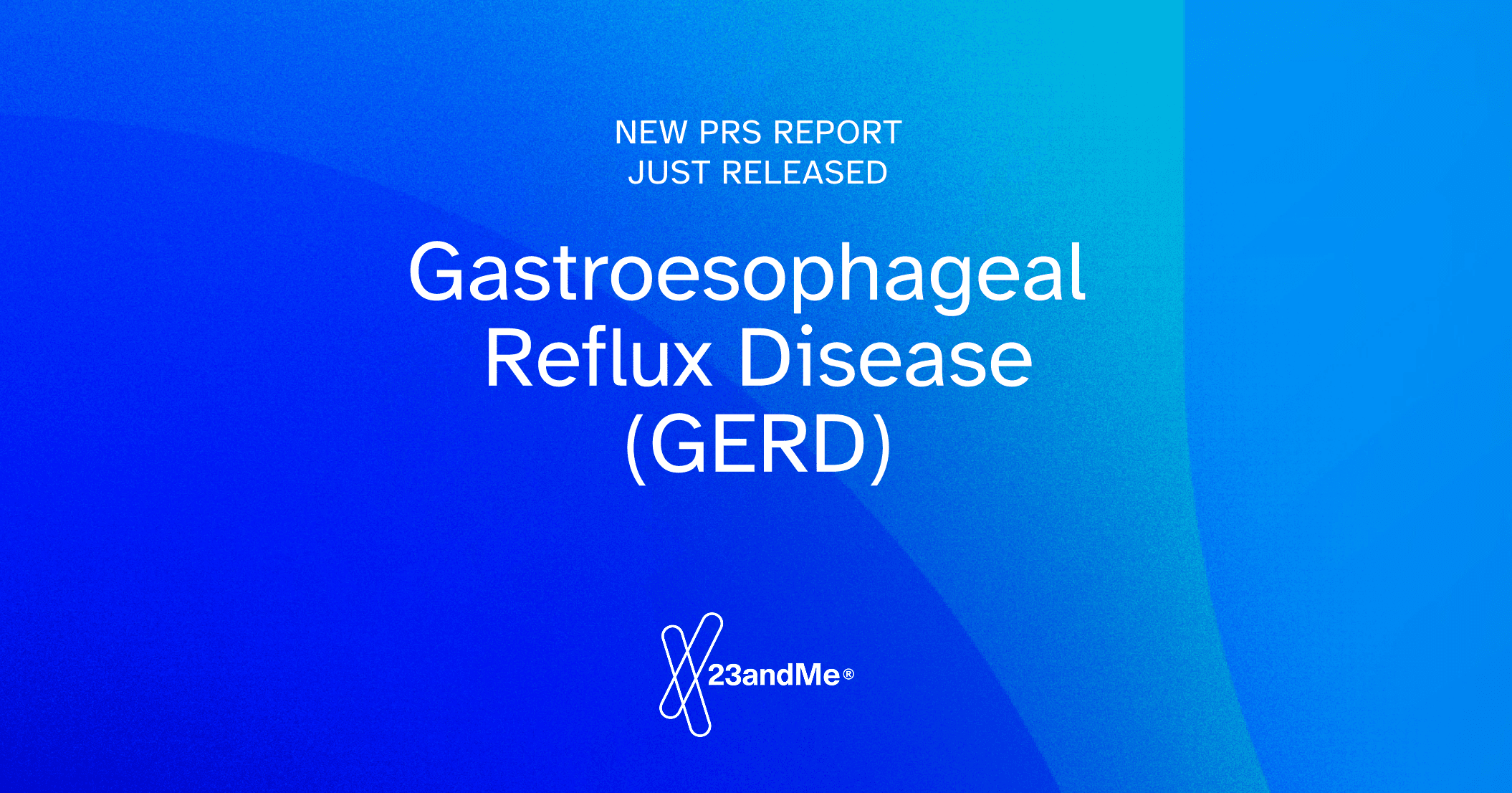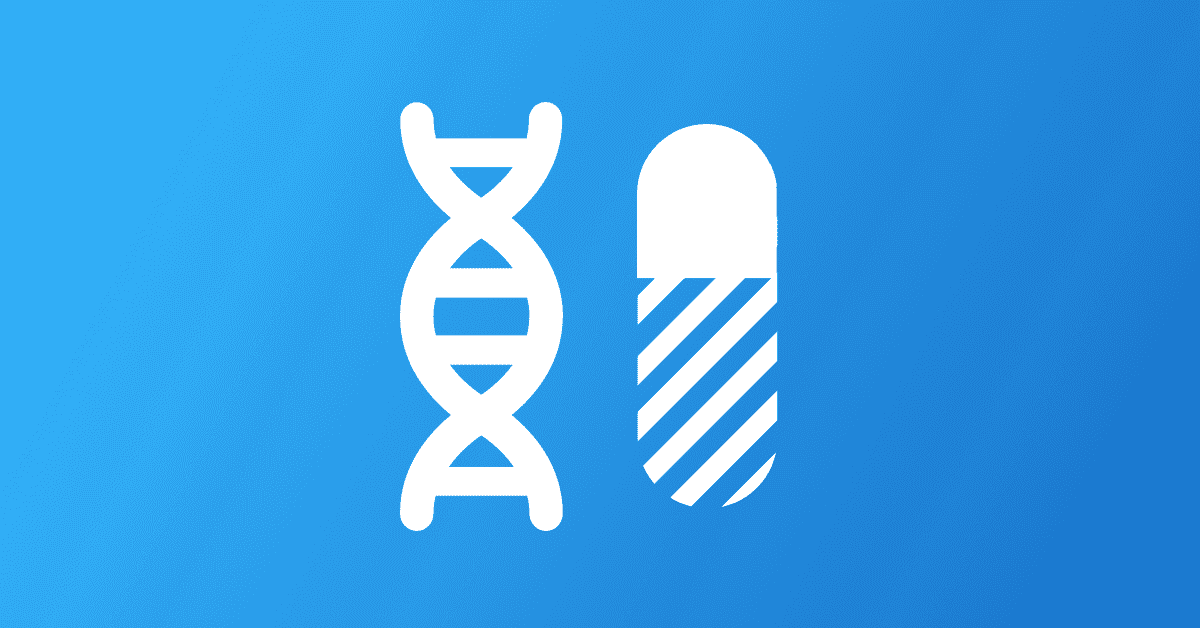As many as one in 10 women have endometriosis, but diagnosing it can take up to a decade or more. Dive into the science, and learn a bit about a new 23andMe Endometriosis report that looks at the genetic likelihood of developing this painful condition.
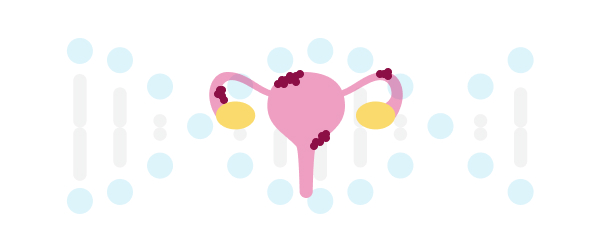
Have you ever been told your debilitating period pain is “normal”? Do you find yourself planning your life around your cycle, canceling plans, or missing work or school due to pain, heavy bleeding, or exhaustion? If so, you’re not alone; these symptoms could point to endometriosis, a common, yet often misunderstood, condition.
For those with endometriosis, tissue similar to the lining of the uterus grows in other places, like the ovaries, fallopian tubes, or even the bowel and bladder. This can lead to severe pain, heavy periods, and in some cases, may make it harder to become pregnant (between 30–50% of women with endometriosis experience infertility).
If this sounds familiar, it’s important to know that your pain is real and more common than many people think. Endometriosis affects as many as 10% of women in the U.S. Despite this, the journey to a diagnosis can be frustratingly long, sometimes taking up to 12 years. This delay often happens because symptoms are dismissed as “just a bad period.”
To support awareness and help people understand their genetic predisposition to endometriosis, we’ve launched the new Endometriosis* report for female 23andMe+ Premium™ and Total Health™ members.
What causes endometriosis?
While the exact cause isn’t known, several factors can increase your likelihood of developing endometriosis:
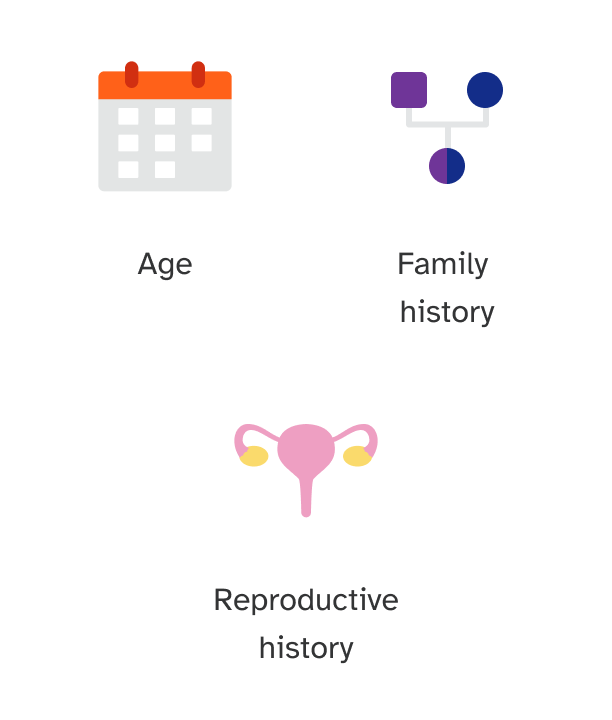
- Age: It most often affects menstruating people and is frequently diagnosed in the 30s and 40s.
- Family history: Having a family member with endometriosis increases risk.
- Reproductive history: Starting menstruation at a young age, experiencing menopause later in life, and having frequent or heavy periods (short cycles or bleeding lasting more than 7 days) can all increase chances of developing the condition.
These factors are associated with a higher risk. On the other hand, having been pregnant or breastfeeding may reduce risk.
The genetic connection
Endometriosis is what’s known as a polygenic condition — meaning that many different genetic variants in many different genes can influence a person’s chances of developing it. In fact, research suggests that genetics may explain nearly half of the differences in who develops endometriosis across a population.
In 2023, 23andMe collaborated with researchers at Oxford in what was at the time the largest study on endometriosis and its association with chronic pain. Now, to further understand the genetics of this condition, researchers at 23andMe looked at genetic and self-reported data from more than 1.5 million consented research participants. Using this information, they created a Polygenic Risk Score (PRS) — a model that considers thousands of genetic variants to estimate a person’s likelihood of developing endometriosis.
However, this model did not perform as accurately for 23andMe customers with Black or African American ancestry. Due to this limitation, we cannot provide a result for the Endometriosis report to those customers at this time. This is an important reminder that genetics research has historically underrepresented many communities. With continued research and broader participation, we hope to improve this work and reduce these disparities in the future.
What you can do about it
While the road to getting a diagnosis and managing endometriosis can be long and frustrating, there are proactive steps you can take on your journey to getting answers and feeling better.
Advocate for yourself
Track Your Symptoms. Before you see a doctor, consider starting a symptom diary. Being specific can make a big difference. Every day, note:
- Pain: On a scale of 1–10, where is the pain, and what does it feel like (sharp, dull, cramping)?
- Timing: When during your cycle do you feel symptoms? (During your period, during ovulation, all month long?)
- Bleeding: How heavy is your flow? Are you passing clots?
- Other Symptoms: Note any bloating, painful bowel movements, pain with sex, or fatigue.
- Impact: How do these symptoms affect your daily life? (e.g., “Missed two days of work,” “Couldn’t exercise,” “Had to leave the party early.”)
Connect with a Doctor. Armed with your symptom diary, make an appointment with a healthcare provider.
- Be clear and confident. Say, “I am concerned I might have endometriosis because of these specific symptoms.”
- Don’t be afraid to ask questions. “What are the next steps for diagnosis?” or “Could we explore treatment options for my pain now?”
- If you feel dismissed, get a second opinion. Look for a gynecologist who specializes in endometriosis or pelvic pain.
Manage symptoms
There’s no one-size-fits-all approach, but experts agree that certain lifestyle habits can make a difference:
- Exercise: Activities like yoga can improve blood flow, relax muscles, and reduce pain.
- Relaxation and self-care: Rest, warmth on the lower stomach (like a heating pad, warm water bottle, or bath), and gentle movement can help ease discomfort.
Medical options may include medications to manage pain and hormone levels, pelvic floor physical therapy, and in some cases, surgery. Because endometriosis tissue can respond to estrogen, symptoms may improve after menopause, when estrogen levels remain consistently low.
Take the next steps
Endometriosis pain is not an exaggeration, and it deserves to be taken seriously. Seeking answers is the first and most powerful step toward managing your health and reclaiming your quality of life.
Ready to learn more about your health and genetics and take the next step in your journey? Learn more about 23andMe+ Premium or Total Health memberships.
Already part of 23andMe? Sign in to view this report with your other Health Predisposition reports or upgrade 23andMe+ Premium or Total Health memberships.
* The 23andMe Endometriosis PRS report is based on a genetic model that includes data and insights from 23andMe consented research participants and incorporates more than 13,000 genetic variants to provide information on the likelihood of developing endometriosis. The report does not describe a person’s overall likelihood, does not account for lifestyle or family history, and has not been reviewed by the US Food and Drug Administration. The Endometriosis PRS report is not intended to tell you anything about your current state of health, or to be used to make medical decisions or determine any treatment.
NOTE: Within this blog post, we use the words “women” and “female” to refer to people whose sex assigned at birth is female. However, we recognize that not everyone who experiences endometriosis will identify as female, and being categorized by birth sex may be an uncomfortable experience for some people. We do not mean to delegitimize anyone’s gender identity. Learn more about why we made this decision in this help article.
